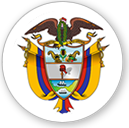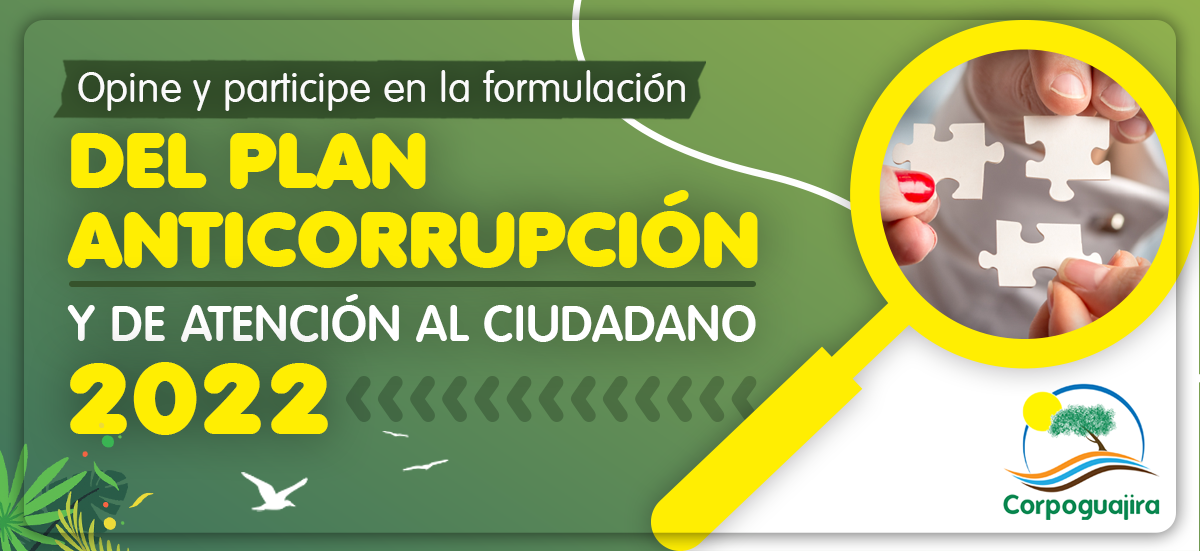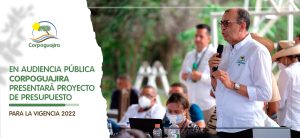D-d
decanter. Device used to separate by gravity the particles suspended in a body of water. It is used in the water purification process.
A decibel. Unit sound level, in which the different frequencies are weighted with the call Standard weighting curve so that the sound reception semeje human ear. abbreviation dB(A).
Decibelio. Relative Strength Unity Sound. A decibel is 20 times the logarithm of the ratio of sound pressure measuring and reference sound pressure. abbreviation dB.
Discoloration in forest species. Loss of natural color, under normal conditions, of leaves or needles of a tree. It is expressed in percentage of leaves or needles discolored on total tree. The following classification is used. 0.- no or negligible.- until 10% Discolored foliage. 1.- light.- the 11 the 25%. 2.- moderate.- the 26 the 60%. 3.- grave.- over 60%. 4.- dry.- 100%
Defoliation in forest species. Loss of leaves or needles of a tree, estimated percentage of normal foliage considered. The following classification is used.- 0.- no defoliado.- until 10% Loss of needles / leaves. 1.- slightly defoliated.- the 11 the 25%. 2.- moderately defoliated.- the 26 the 60%. 3.- severely defoliated.- over 60%. 4.- dry.- 100%
Deforestation: Term applied to the disappearance or reduction of surfaces covered by forests, fact that tends to increase worldwide. The indiscriminate actions of man to the need to produce timber, paper pulp, and use as fuel, along with the growing size of the areas intended for cultivation and overgrazing, They are responsible for this decline. It is resulting in the degradation of soil and vegetation that medium and herbaceous shrubs trend is reduced to desertification.
Soil degradation: Reduction or loss of biological or economic productivity and complexity of rainfed farmland, farmland irrigation, grasslands, forests and woodlands, caused in arid areas, arid and dry sub-humid, systems for land use or a process or combination of processes, including those resulting from human activities and habitation patterns.
photolytic degradation. Chemical decomposition by light.
Dehesa. Land that has been removed shrubby substrate, whose plant cover is formed by trees isolated, often oak or cork trees, distributed in a pasture, It used for livestock consumption. The pasture is considered a form of exploitation extensive particularly balanced, in which human modification of the ecosystem is compatible with the conservation of many native species of the Mediterranean forest.
environmental crime: It is the conduct described in a standard criminal whose consequence is the degradation of the health of the population, the quality of life of the same or environment, and it is liable to a certain penalty.
environmental crime. Sanctioned violation of environmental norms in the Penal Code.
Biochemical Oxygen Demand. I oxygen consumed in the degradation of oxidizable substances by microbial action water, measured under standardized conditions. It is expressed in mg of oxygen per liter. A high BOD value indicates a water with lots of organic matter. The subscript indicates the number of five days in which the measurement was made. (DBO).
Chemical Oxygen Demand. Number of strong oxidizing (dichromate or permanganate) consumed in oxidation of all reduced substances in a water sample, measured under standardized conditions. It is expressed in milligrams per liter of oxygen equivalent to the amount of oxidant employed. A high value indicates a COD water with many oxidizable substances.(DQO).
Population density. It is the ratio of the total population of a particular territorial entity and its surface. Usually it expressed in inhabitants / square kilometer.
Sewage Treatment. Removing contaminants from wastewater. The solids and suspended particles can be separated by mechanical means and sedimentation. The organic material is metabolized by microorganisms in a biological treatment, and other substances can be removed by physico-chemical treatments.
Natural water purification. Water bodies can cleanse itself within certain limits, by physical processes, chemical and biological. Organic contaminants are degraded by microbial action, which it is associated with an increased oxygen consumption, so that dissolved oxygen levels in water decrease as a result of organic pollution.
Sustainable development: It is one that meets the needs of the present without compromising the ability of future generations to meet their own needs. While distributed more equitably the benefits of economic progress, preserves the local and global environment and fosters a genuine improvement in the quality of life.
Toxic waste: Also called hazardous waste. They are materials and chemical substances with corrosive properties, reactive, explosive, toxic and flammable that make them dangerous to the environment and health of the population.
desertification: The process by which a territory that does not have the climatic conditions of a desert acquires the characteristics of this, as a result of the destruction of vegetation cover and also because of heavy erosion. Overexploitation of soils, abuse of pesticides and pesticide, overgrazing and indiscriminate deforestation are factors favoring desertification.
Water disinfection. Removing microorganisms, usually by adding chlorine in water treatment process.
Disinfection. Destruction of potentially pathogenic microorganisms, as bacteria, fungi and protozoa. Disinfection may be achieved by dry or moist heat, radiation, by autoclaving (Moist heat pressure) or treatment with chemical. Chlorination is a process important disinfection water purification.
detergents. Substances used in cleaning their surfactant properties and emulsifiers (They can solubilize water-insoluble substances such as fats and oils). Detergents discharges to waters can cause environmental problems because some are not biodegradable, and others, which can be degraded, They included in the phosphor composition as phosphate, which can cause eutrophication.
Dieldrín. Persistent organochlorine insecticide in the environment and accumulates in organisms.
Sulfur dioxide. Sulfur anhydride. colorless gas, irritating to eyes, mucous membranes and airways. It is a substance with applications in the chemical industry, but it is also a contaminant occurring in industrial combustion processes. In the atmosphere can be oxidized to SO3 (sulfur trioxide or sulfur trioxide) which in turn can react with water to form sulfuric acid (H2 SO4), one of the components of acid rain. Fórmula SO2
Carbon dioxide. carbon dioxide. colorless, incombustible gas . It is a normal component of the atmosphere (0.03%). Green plants use carbon dioxide from the atmosphere in photosynthesis as carbon source. Both plants and animals and microorganisms release it into the atmosphere as a result of breathing and fermentations. It is also an air pollutant produced by combustion. It is one of the gases responsible for the greenhouse. CO2 formula
Nitrogen dioxide. Dark red gas produced in the combustion by the oxidation of atmospheric nitrogen. It is very toxic and one of the gas generators acid rain. formula NO2
Silicon dioxide or silica. Mineralogical es un tectosilicato, i.e., a silicate in which the anion SiO44- tetrahedral structure where the Si occupies the center and oxygen atoms vertices, shares all its oxygens with other tetrahedra, forming a three dimensional network proportion 1/2 Si / O without metal cations. The silica occurs in various forms, as are the varieties of quartz and amorphous varieties like flint or chert. It is one of the most common minerals in the Earth's crust. Being very resistant to chemical weathering can form, after transport and sedimentation siliceous sands. formula SiO2.
dioxins: Persistent Toxic Substances (hardly degradable); bioaccumulative (They accumulate at all levels of the food chain being the higher levels -Mammals- those with higher concentrations); lipophilic (They accumulate in the fatty tissues). Under stress released into the circulatory system; you cancer, decrease the body's immune system (or defenses) and cause reproductive disorders in mammals, including humans. Especially dioxins affect fetuses and infants babies, that ingested through breast milk.
Dissolution. constituted by the homogeneous mixture of the solvent and solute system.
thinner. Substance that is capable of supporting within it a homogeneous particle distribution (atoms, molecules or ions) another substance called solute, forming a system called dissolution. Frequently, solvents are liquid and solid solutes, liquid or gaseous, but there are gas-gas solutions, gas-liquid, gas-solid, liquid-liquid, solid-solid and solid-liquid. A useful classification divides inorganic solvents such as water and organic and carbon tetrachloride, inter alia.
halogenated organic solvents. Organic solvents including halogen atoms in its molecule, for example, chloroform or carbon tetrachloride. They are good solvents for water-insoluble organic compounds by their hydrophobicity.
Dunas. sedimentary formations formed by wind power fine-grained detrital material (arenas). They can form in interior regions or on the coast. typically have, a face windward, less steep, and leeward, Steepest. In some coastal areas may be formed sand dunes dune systems or parallel to the coast. Living or moving dunes are able to move. Also called sand dunes.































Leave a reply
I am sorry, you should be connected to post a comment.